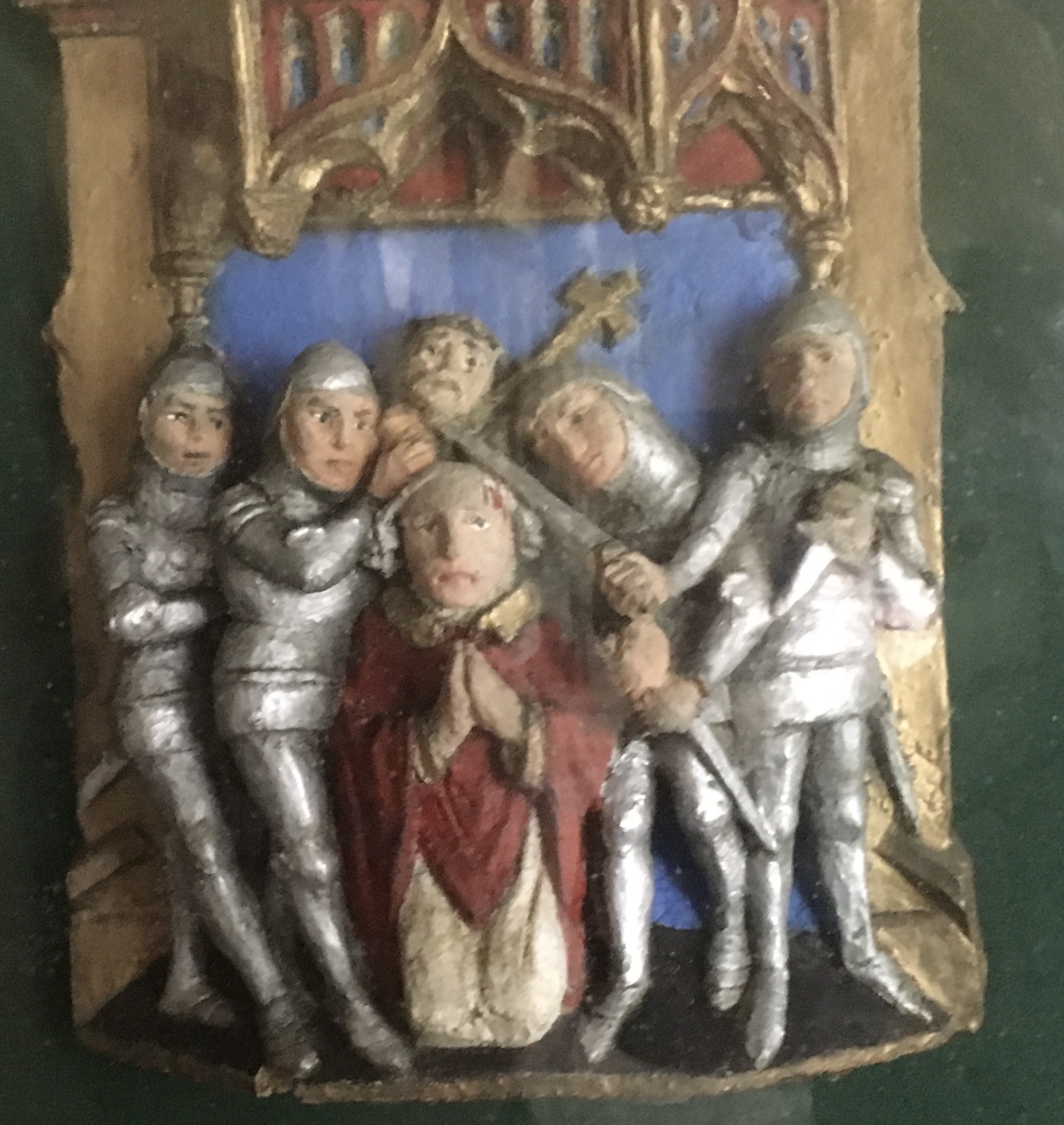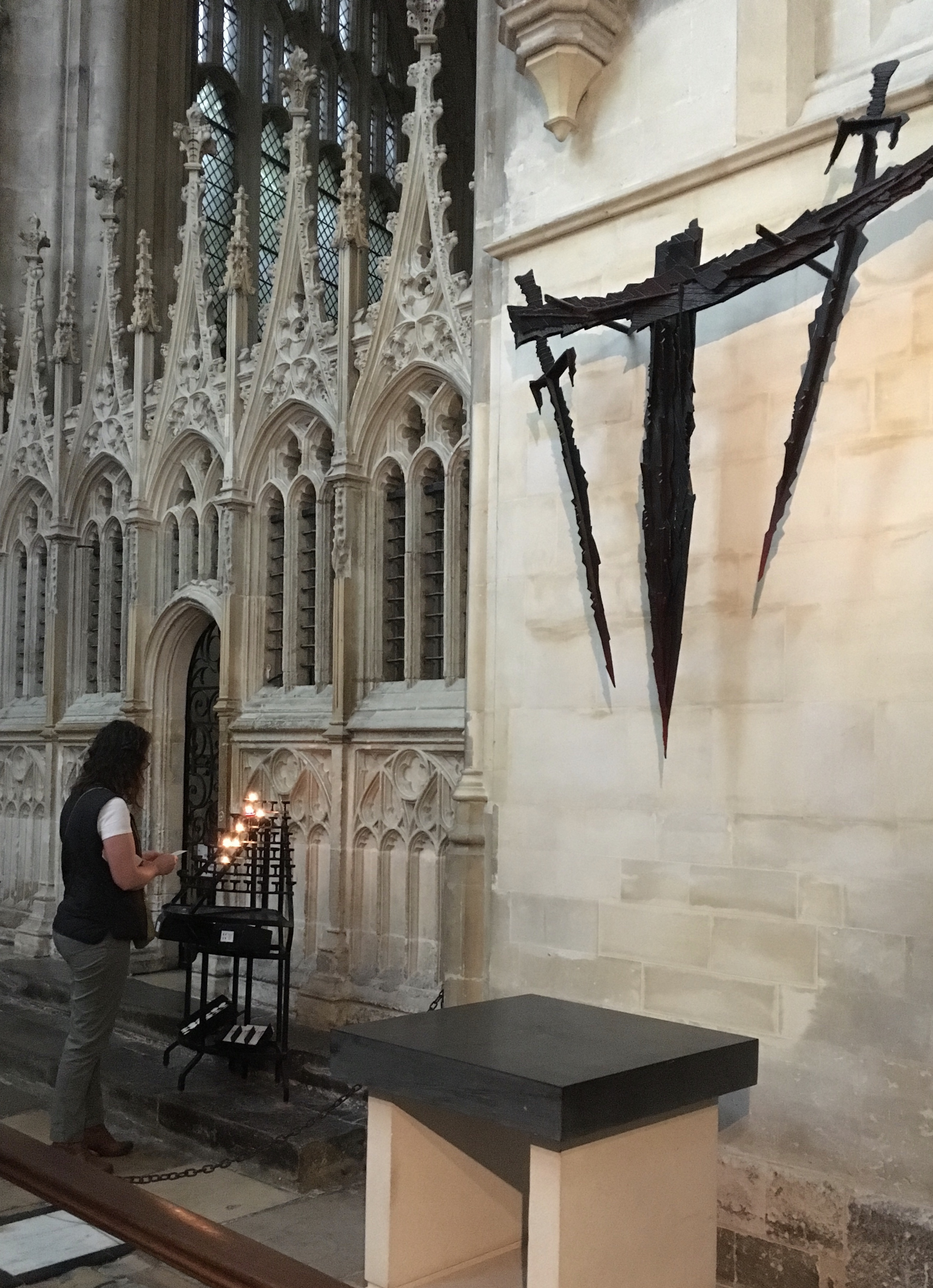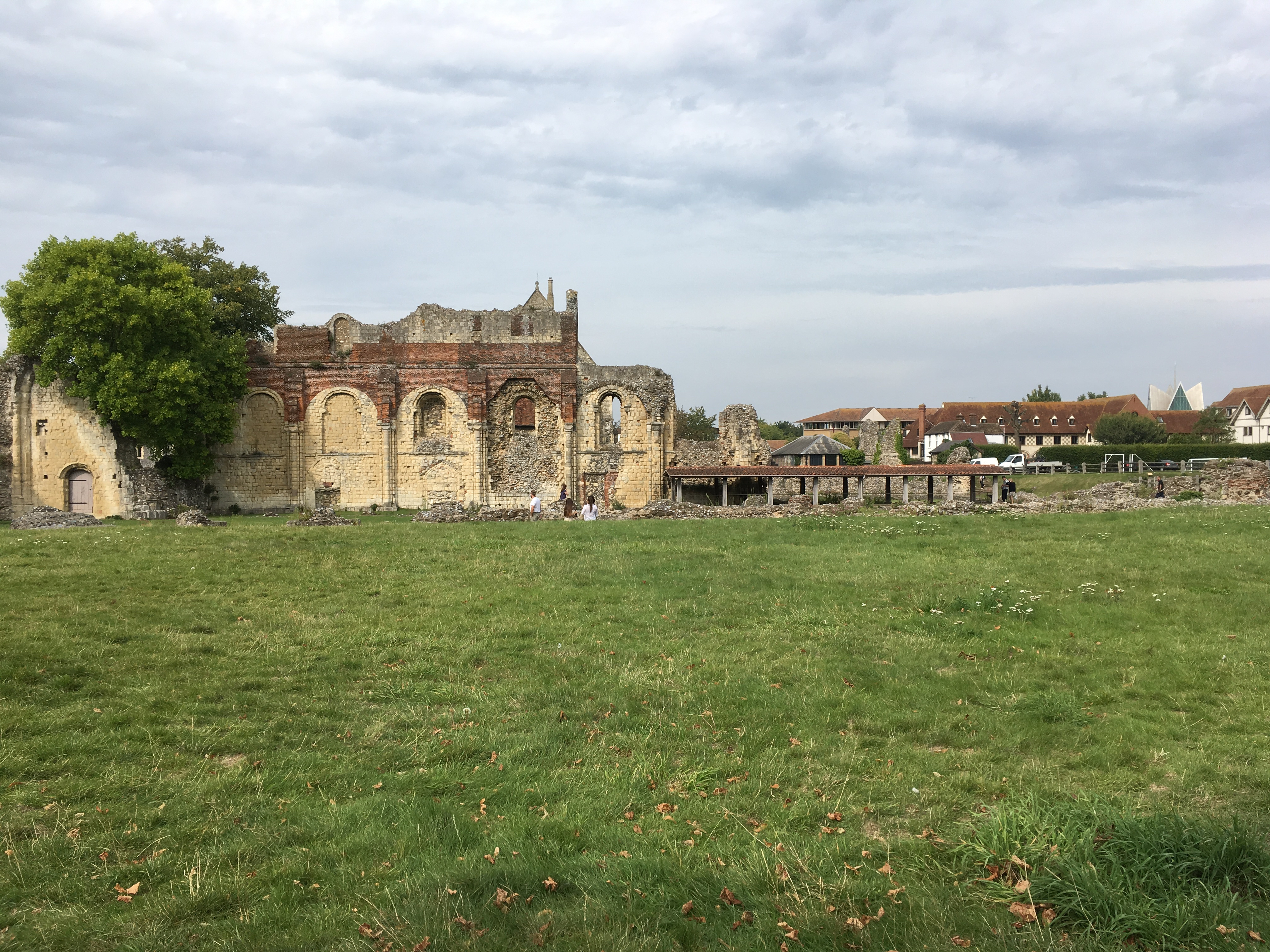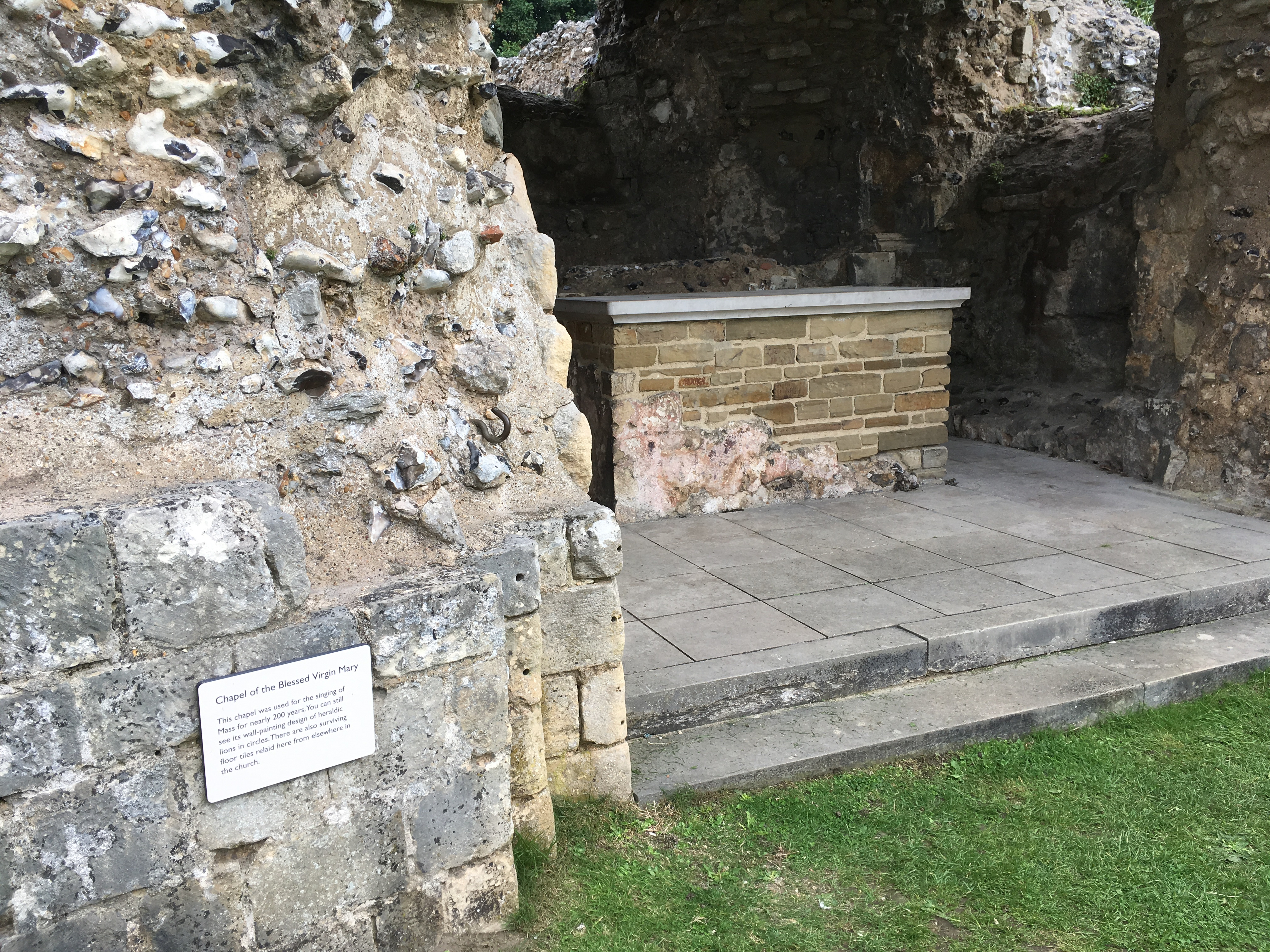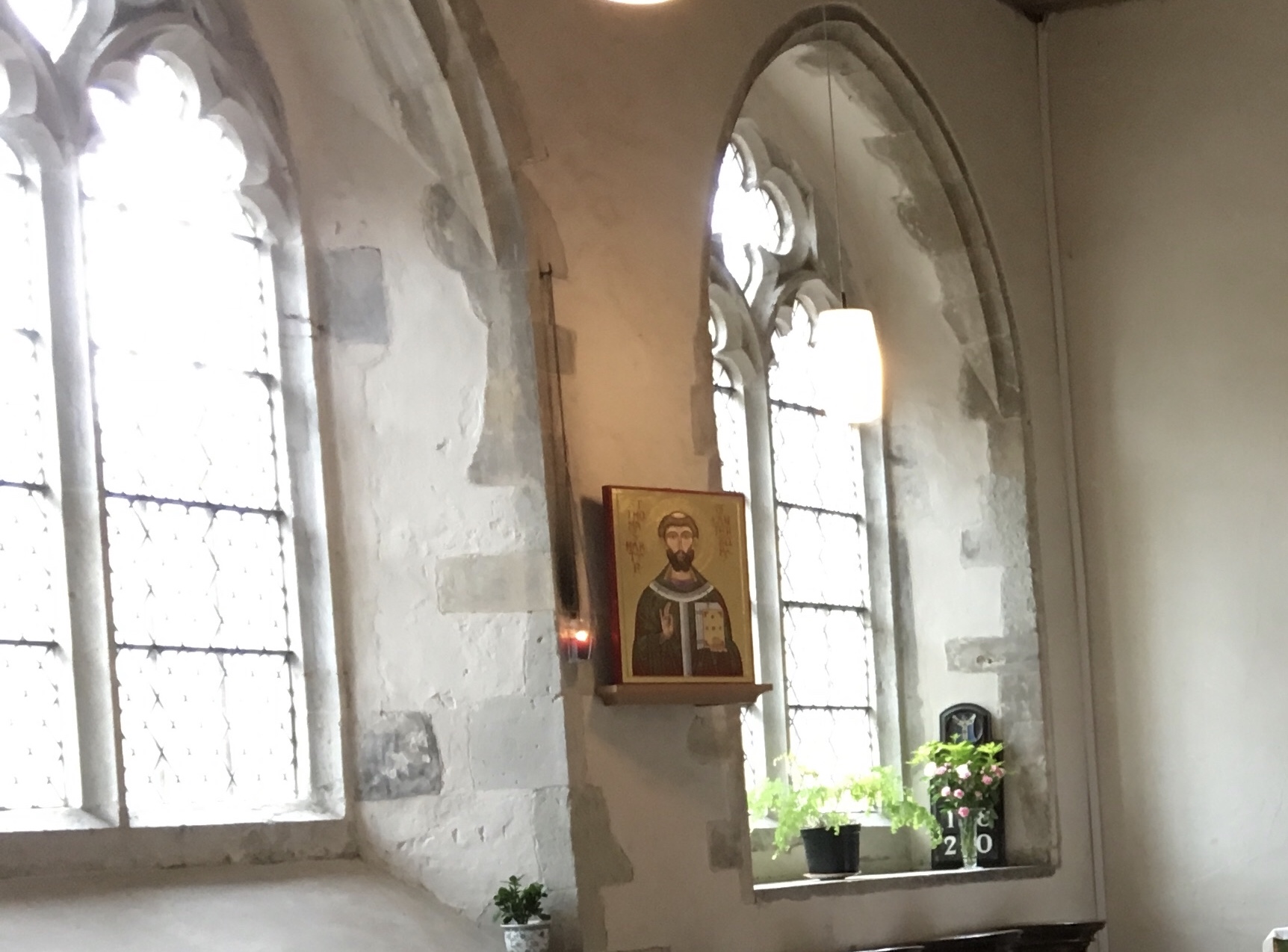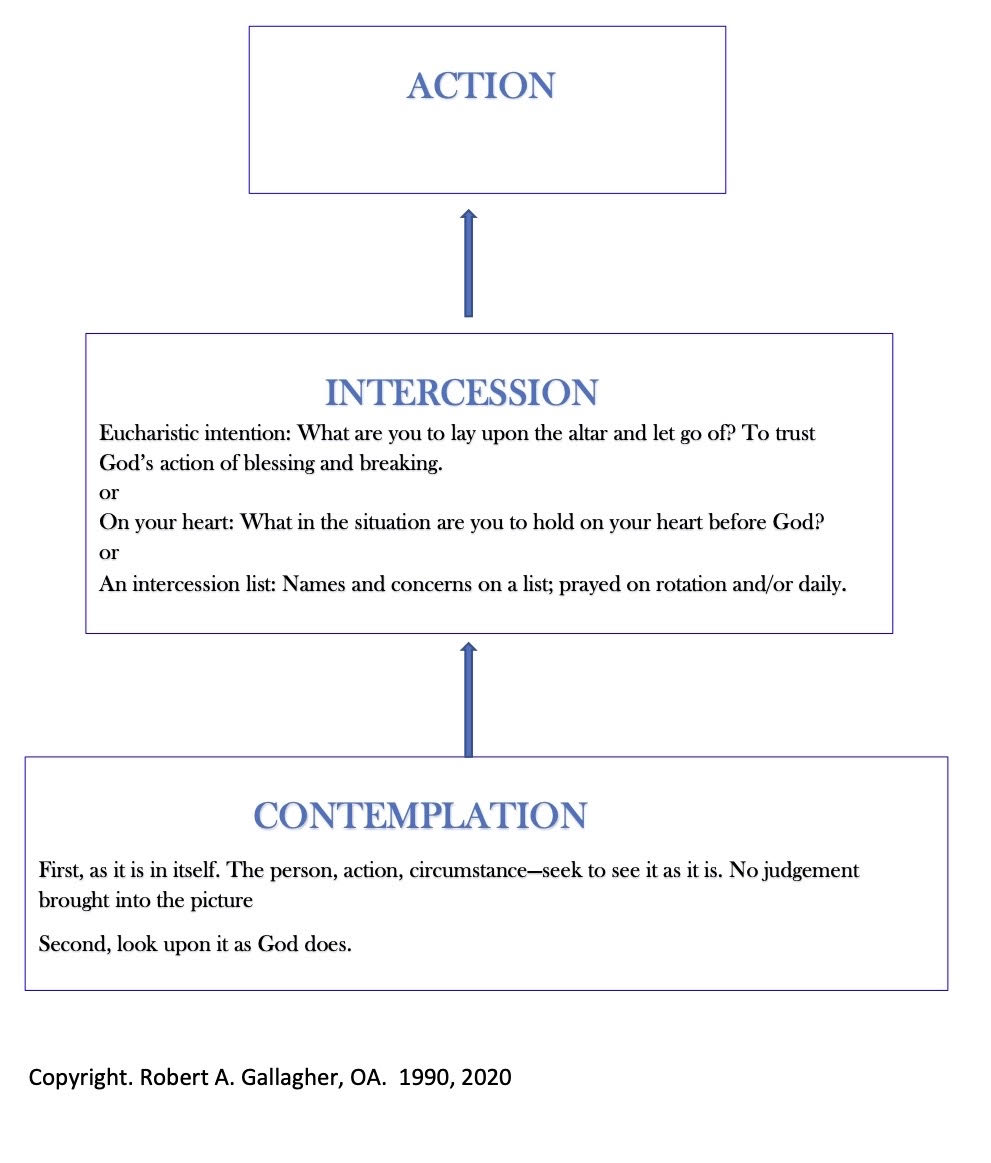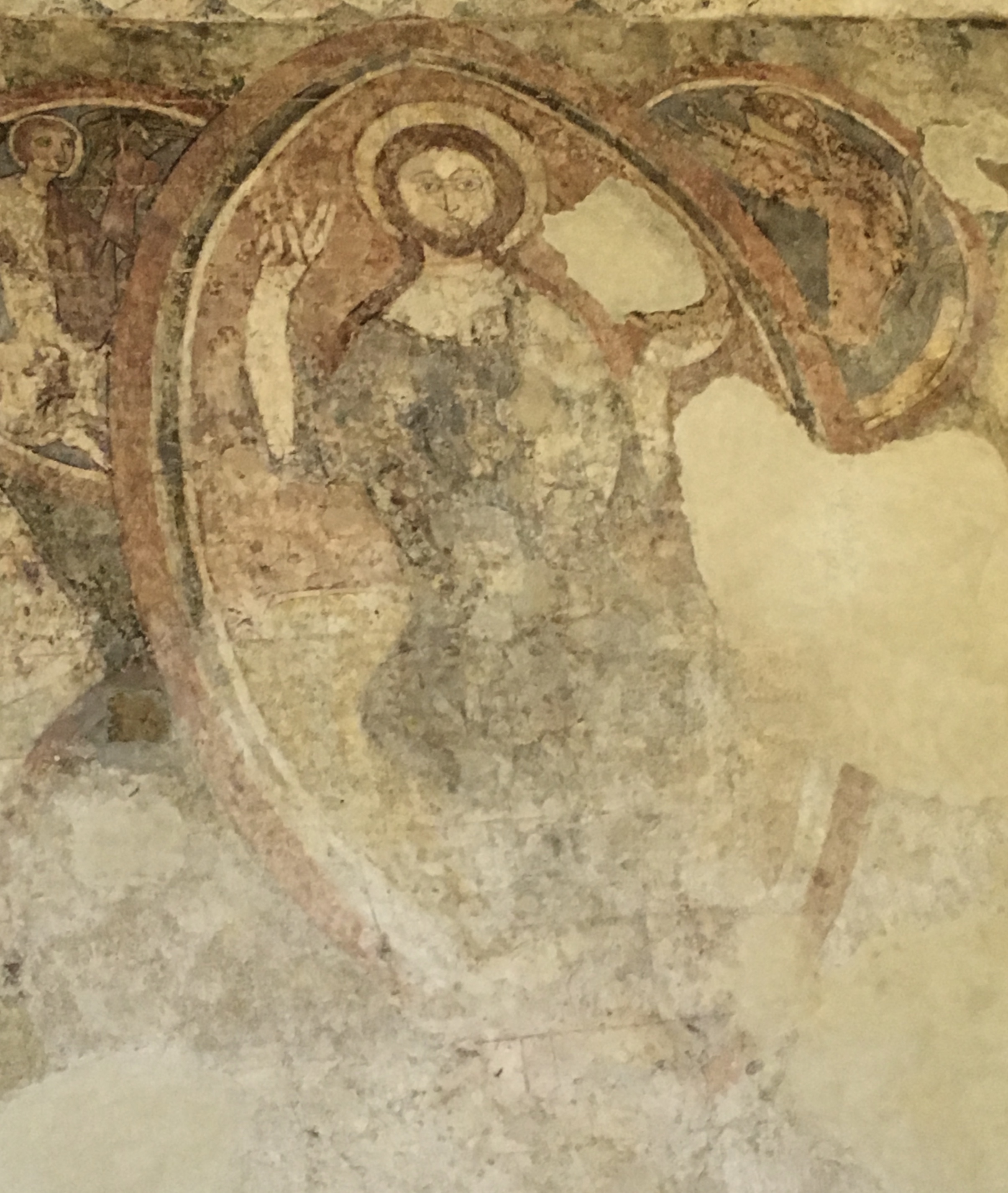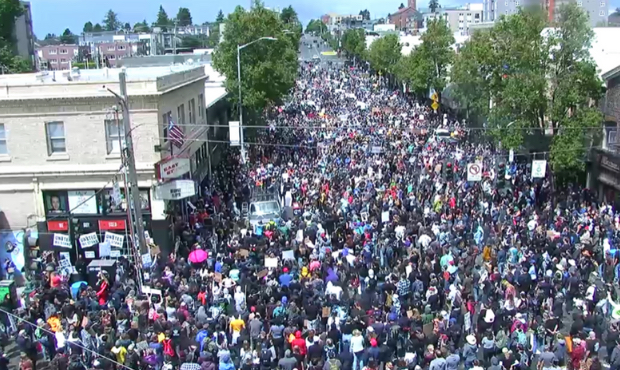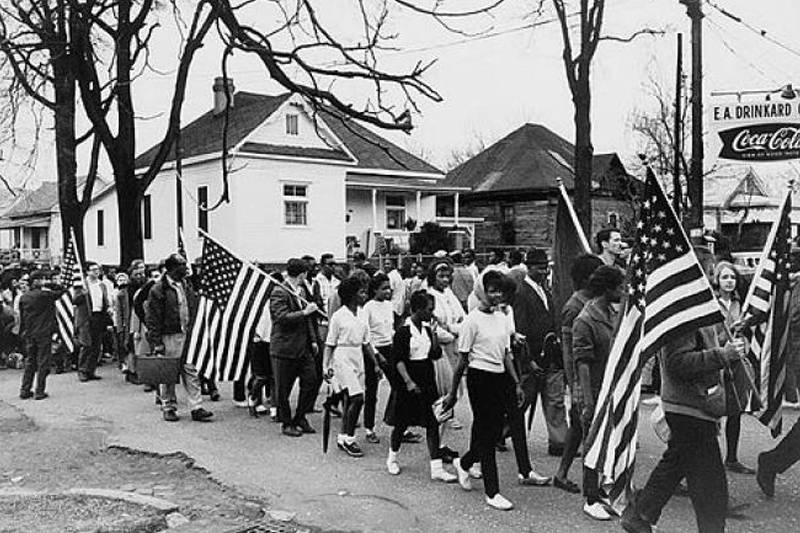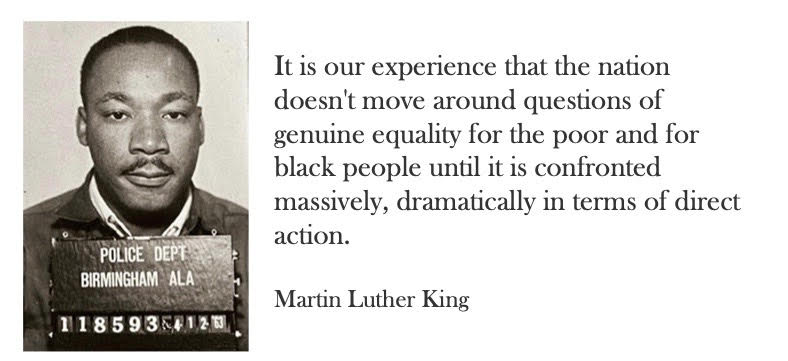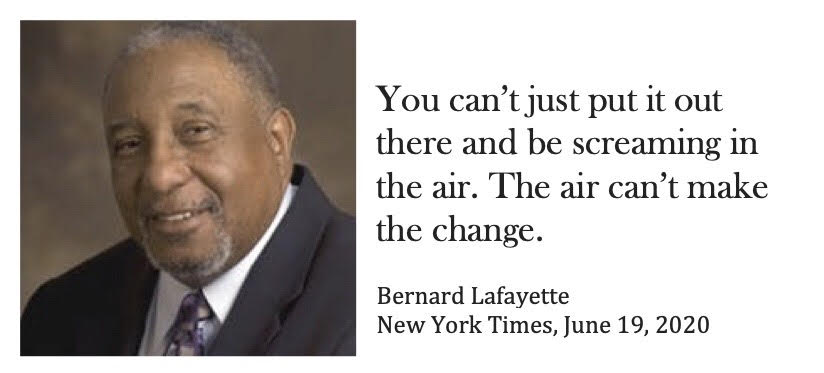A nation and world society at peace with itself
 Wednesday, August 5, 2020 at 10:27AM
Wednesday, August 5, 2020 at 10:27AM I had been praying for John Lewis since he first announced he had cancer. He’s been a hero of mine since 1963. I was a member of CORE (the Congress of Racial Equality) in Philadelphia, and the chair of the Penn State campus chapter. That got me involved in a number of demonstrations between 1963-67. CORE, along with MLK’s SCLC and Lewis’s SNCC, was committed to non-violent direct action. I remember going through a training program run by the Friends Service Committee that may have been my first exposure to role play as an educational method. We practiced staying respectful when challenged by police officers, not responding in kind when people yelled in our face, and how to curl on the ground covering your head when attacked.
John Lewis was the chair of SNCC. He became famous after his speech at the March on Washington and his courage on the bridge in 65. Along with most in CORE I then thought of Dr. King’s approach as too timid. So, Lewis’ struggle over what to say in his speech in 63 resonated with me. John’s insistence again and again that “we’re going to march” matched CORE’s stance. President Obama called him “A man of pure joy and unbreakable perseverance.”
As part of a yearly common life exercise of the Order of the Ascension I’ve been re-reading Farther Henri Nouwen’s Reaching Out. We all read the same book, write one another with our reflections, and get on Zoom to talk.
After John Lewis died my reading of Reaching Out took a turn. I found myself thinking about John’s life-long commitment to non-violence. How he never allowed hostility to turn him from that path. I also found myself wondering about Nouwen’s not directly looking at hostility. In the book he examines loneliness and illusion a bit. But not so with hostility. He moves directly into the alternatives to hostility—hospitality, creating a free and friendly space, the relationship between receptivity and confrontation, being at home in our own house, and poverty of heart and mind.
I think that Lewis knew that you couldn’t manage hostility and violence with just good words. He believed in training people for the confrontations. He believed in rules of behavior. For him, a form of Christian proficiency.
As the Movement grew, and more people joined the demonstrations, a sort of critical mass approach took hold. It wasn’t possible to train all these people quickly enough. So, we fell back on the competence of those at the center (who had been trained) and Rules that all were to follow, including obedience to your leaders (who had been trained).
The Nashville lunch counter sit-ins were in 1960. In the build-up to the sit-ins the numbers of people attending the weekly workshops in non-violence increased to dozens of black and white students. The role-playing included shifting roles with black students playing hostile whites and white students playing black demonstrators. Lewis reported it as an unsettling, effective and eye-opening experience. Lunch counter sit-ins also took place in other cities across the country.
Rather quickly the number of demonstrators and the threat of violence increased. As the third set of sit-ins was about to occur on February 20th the police chief announced that anyone involved in further protests would be arrested for disorderly conduct and trespassing.
John Lewis realized that while many students had been trained there were hundreds coming with no training. So he produced a list of dos and don’ts.
"Do not strike back or curse if abused. Do not laugh out. Do not hold conversations with the floor walker. Do not leave your seat until your leader has given you permission to do so. Do not block entrances to stores outside nor the aisles inside. Do show yourself courteous and friendly at all times. Do sit straight; always face the counter. Do report all serious incidents to your leader. Do refer information seekers to your leader in a polite manner. Remember the teachings of Jesus, Gandhi, Martin Luther King. Love and nonviolence is the way. MAY GOD BLESS EACH OF YOU " p. 98 Walking with the Wind: A memoir of the movement. John Lewis
By the time I was part of CORE in 1963 such rules had become common. Here are CORE’s Rules.

Lewis said, “Before we went on any protest. Whether it was sit-ins or the freedom rides or any march, we prepared ourselves, and we were disciplined. We were committed to the way of peace – the way of non-violence – the way of love – the way of life as the way of living.”
A side note: On a working trip to DC a few years ago, Sister Michelle, OA, and I went to the Smithsonian exhibit of the Greensboro, NC sit-ins. They have a section of the Woolworth’s lunch counter. They conduct a very mild role play with some sitting at the counter while others crowd in, too close, behind you. Even with no shouting or threats, and no chance of violence, it was unnerving to be at the counter.

I found myself wondering what, John Lewis would make of today’s protests with its lack of training; its tolerance of hostile language toward the police and those not in total agreement, its “understanding” of the reasons for violence, the late night visits to the homes of councilmembers and the police chief, and its ambivalence toward the nation’s deepest principles. There is an article in the Seattle Times today from a number of clergy, including the deans of the two cathedrals. It touches on the same concern.[i]
I have no doubt that he was concerned about all of that. It ran counter to his whole life. Yet, in his last statement he didn’t criticize. He took the appreciative path—"I want you to know that in the last days and hours of my life you inspired me. You filled me with hope about the next chapter of the great American story.” He affirmed the protests and at the same time he affirmed America—“Ordinary people with extraordinary vision can redeem the soul of America.” He affirmed “good trouble,” voting, democracy, and learning from others in history and across the globe. And he affirmed non-violence and love “as the more excellent way.”
I returned to Henri Nouwen and the choice between hostility and hospitality. In Nouwen’s frame, what was John Lewis up to?
Nouwen -- “In our world full of strangers, estranged from their own past, culture and country, from their neighbors, friends and family, from their deepest self and their God, we witness a painful search for a hospitable place where life can be lived without fear and where community can be found. … That is our vocation: to convert the hostis into a hospes, the enemy into a guest and to create the free and fearless space where brotherhood and sisterhood can be formed and fully experienced.“
Lewis’ final message included this, “You must do something. Democracy is not a state. It is an act, and each generation must do its part to help build what we called the Beloved Community. A nation and world society at peace with itself.”
Nouwen – “Really honest receptivity means inviting the stranger into our world on his or her terms, not on ours. When we say, ‘you can be my guest if you believe what I believe, think the way I think and behave as I do,’ we offer love under a condition or for a price. … Receptivity is only one side of hospitality. The other side, equally important, is confrontation. To be receptive to the stranger in no way implies that we have become neutral ‘nobodies.’ Real receptivity asks for confrontation because space can only be a welcoming space when there are clear boundaries, and boundaries are limits between which we defined our own position. … Receptivity without confrontation leads to a bland neutrality that serves nobody. Confrontation without receptivity leads to an oppressive aggression which hurts everybody.”
Barack Obama’s eulogy included this, “John Lewis was getting something inside his head, an idea he couldn't shake that took hold of him -- that nonviolent resistance and civil disobedience were the means to change laws, but also change hearts, and change minds, and change nations, and change the world. So he helped organize the Nashville campaign in 1960. He and other young men and women sat at a segregated lunch counter, well-dressed, straight-backed, refusing to let a milkshake poured on their heads, or a cigarette extinguished on their backs, or a foot aimed at their ribs, refused to let that dent their dignity and their sense of purpose. … The life of John Lewis was, in so many ways, exceptional. It vindicated the faith in our founding, redeemed that faith; that most American of ideas; that idea that any of us ordinary people without rank or wealth or title or fame can somehow point out the imperfections of this nation, and come together, and challenge the status quo, and decide that it is in our power to remake this country that we love until it more closely aligns with our highest ideals. “
In his eulogy the President confirmed John Lewis’ gentle inclusiveness, even to his enemies, and his willingness to persevere in struggle as he returned again and again to themes known in Biblical faith and the nation’s founding. Toward the end he quotes Dr. King.
By the thousands, faceless, anonymous, relentlessly young people, black and white … have taken our whole nation back to those great wells of democracy which were dug deep by the founding fathers in the formulation of the Constitution and the Declaration of Independence. -Martin Luther King, Jr. Nobel Lecture 1964
rag+
[i] “But some acts, emerging even from passionate indignation, cross the line from constitutionally-enshrined rights to coarse intimidation, vile messaging and hate speech. Some of our Seattle civic leaders, including the mayor, police chief and council members, endure a nightly assault on their homes and their families for no other reason save that their approach to change has been deemed insufficient in the eyes of a zealous few. That two of these leaders are women and members of historically oppressed communities further deepens this victimization. We deplore these acts of wanton abuse, and fear, as history teaches, that such behavior, if left unchecked, will inevitably lead to violence, tragedy, and a vicious cycle of hate and recrimination. We ask that other leaders, and all people of undaunted hope and good conscience, condemn these assaults, and recommit to a soulful activism that raises the human spirit and renews a common vision. As a community and a nation, we must balance the fervor of our cause with the wisdom, determination and skill at bringing it to fruition.”
From “Keep John Lewis close and follow ‘the way of love and nonviolence’ “– The Seattle Times 8-5-20 A letter to the city from clergy.
